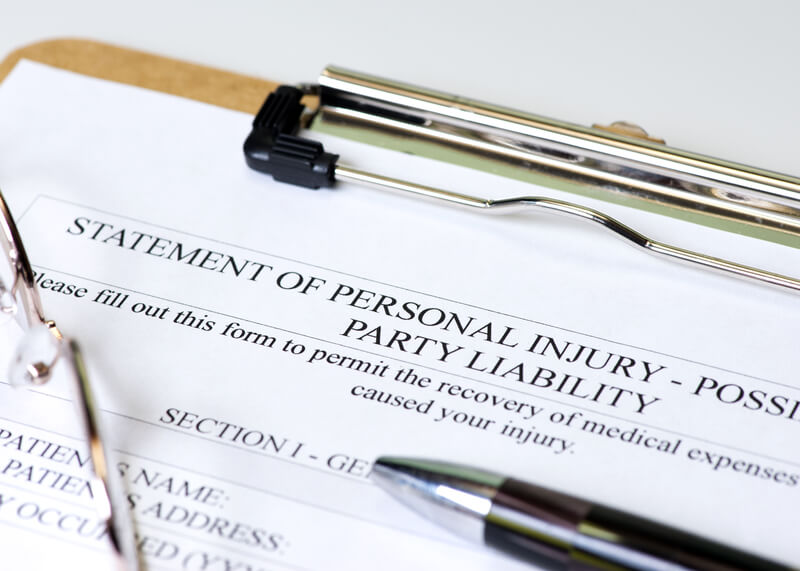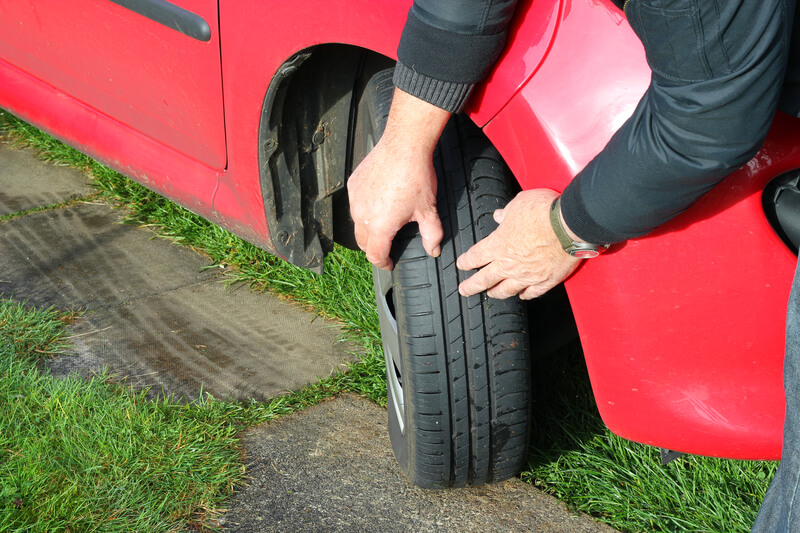Tires are easy to ignore. When you drive every day worried about going to work, running errands, or shuttling your kids around, your tires are simply something that do their work sight unseen. You might even ignore your tire pressure light for a long time after it comes on, eventually checking the pressure when you can fit it into your busy schedule.
Unfortunately, low, old, or bad tires are the cause of many serious accidents. A Consumer Reports article (quoting a study by the National Highway Safety Administration) says that “tires underinflated by more than 25 percent are three times more likely to be involved in a crash related to tire problems than vehicles with proper inflation.”
In other words, you seriously increase the risk of an accident either directly or indirectly when you neglect your tires. So what are the basic things you should do to make sure your tires are ready for the road? Here are four tire tips that are easy to accomplish—even in your busy life.
- Don’t ignore your tire pressure light.
Vehicles made starting in 2008 have mandatory tire pressure lights that indicate when your tires are underinflated. (Some vehicles before 2008 also have this as an optional feature.) Don’t ignore this light. Many people do, and they could be ignoring signs of a serious tire defect such as a slow leak or dangerously underinflated tire. Those lights are there to point out serious safety issues, so don’t ignore them.
- Still check your tire pressure about once a month.
Just to be safe, you should still check your tire pressure once a month—even if you have a tire pressure light. And if your car is older than a 2008 model, then definitely check your tire pressure each month. Don’t rely on the tire pressure lights, as the computers in your cars can malfunction. Generally, tires lose about one psi per month. Add that up over several months, and your tires will eventually get quite low. Consider them underinflated (and dangerous) if they fall below 25% of their normal psi. For example, a tire that is supposed to be at 33 psi is considered underinflated once it reaches about 25 psi.
- Use a digital tire pressure gauge.
Don’t rely on one of those cheap, plastic tire pressure gauges you buy for $5 at a convenience store. They are notoriously unreliable and break easily. A digital pressure gauge isn’t as expensive as you may think. While some run into the hundreds of dollars, there are many good versions under $50. Then, your readings will be much more accurate and you’ll know for sure if your tires are inflated to safe levels.
- Rotate tires and replace them when they’re worn out.
Rotating your tires (often done every six months if you get your vehicle regularly serviced) helps shift the wear and tear on your tires equally. But eventually, all tires will wear out. The key indicator is tread. Once your tire tread gets to about 4/32” depth, then you should consider changing them. And if they get to 2/32”, then they are starting to get plain worn out. Don’t drive with tires with such little tread. Bald or balding tires highly increase the risk of a blowout and accident.
—
Treat tires like regularly inspecting something that affects your health and safety. Just like you’d make sure your food is healthy to eat and you don’t have a gas leak in your home, you need to inspect your tires to make sure you’re not driving with a major safety hazard threatening an accident. Monitor and inspect your tires, and replace them when necessary. Your life may depend on it.
Injured in a tire-related car accident? Call us for a free consultation.












